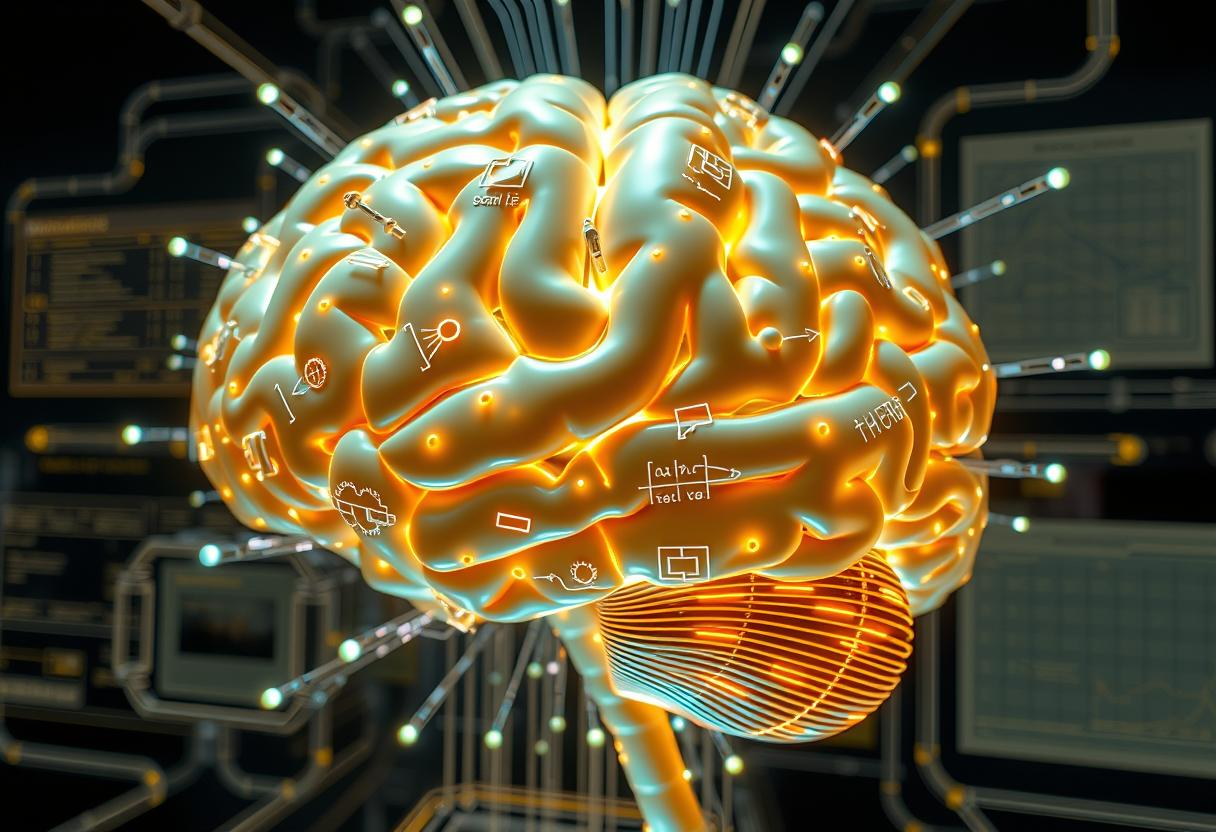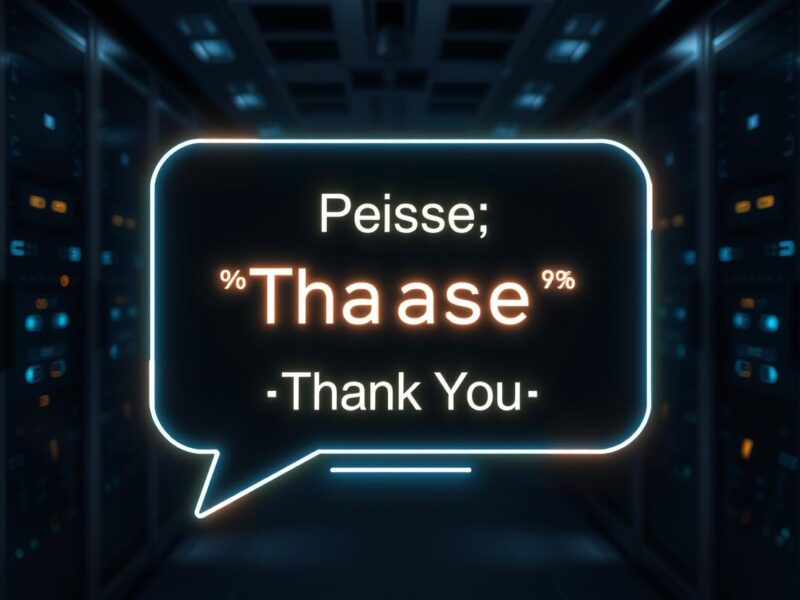Just two days after the buzz around GPT-4.1, OpenAI is already setting the stage for the next big thing with the launch of o3 and o4-mini. 🚀 The o3 model is being touted as OpenAI’s most advanced reasoning model to date, excelling in coding, math, and science tasks. Meanwhile, o4-mini emerges as a cost-effective alternative, promising impressive results across the board. 💰
What sets these models apart is their groundbreaking ability to independently utilize all ChatGPT tools, including web browsing and image generation. This isn’t just an upgrade; it’s a paradigm shift towards AI that can tackle complex, multi-step problems with unprecedented autonomy.
But here’s where it gets even more exciting: o3 and o4-mini can now ‘think’ with images. Upload a whiteboard sketch or a diagram, and these models don’t just see—they understand and reason with the visuals. This capability opens up new frontiers for visual processing and problem-solving.
In addition to these models, OpenAI is rolling out Codex CLI, a sleek coding agent designed to bridge the gap between OpenAI’s models and developers’ local code. It’s a minimal interface that’s ready to work with o3 and o4-mini out of the box, with GPT-4.1 support on the horizon.
This announcement comes after OpenAI CEO Sam Altman hinted at a strategic pivot from the roadmap shared in February. The decision to release o3 and o4-mini now, rather than waiting, underscores the company’s commitment to pushing the boundaries of AI. Altman’s vision? To make GPT-5 even more powerful than initially imagined, despite the challenges of integration and scaling to meet demand.
Starting today, ChatGPT Plus, Pro, and Team users can dive into the capabilities of o3 and o4-mini. And for those hungry for more power, o3-pro is on its way, promising to take AI reasoning to the next level for Pro subscribers.


